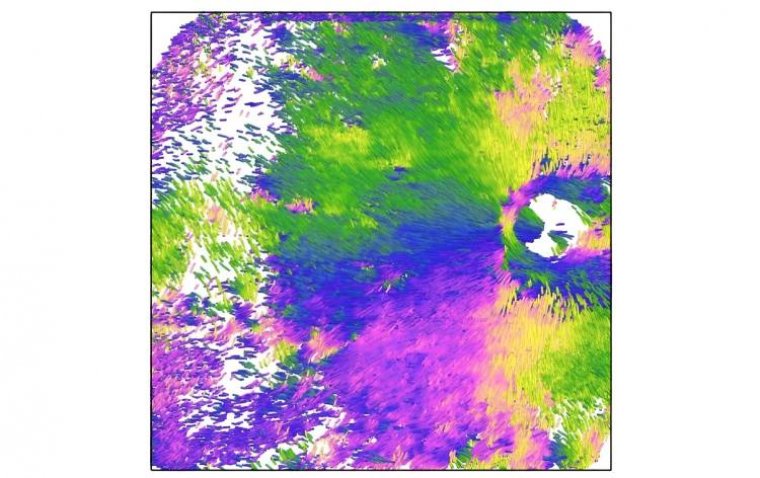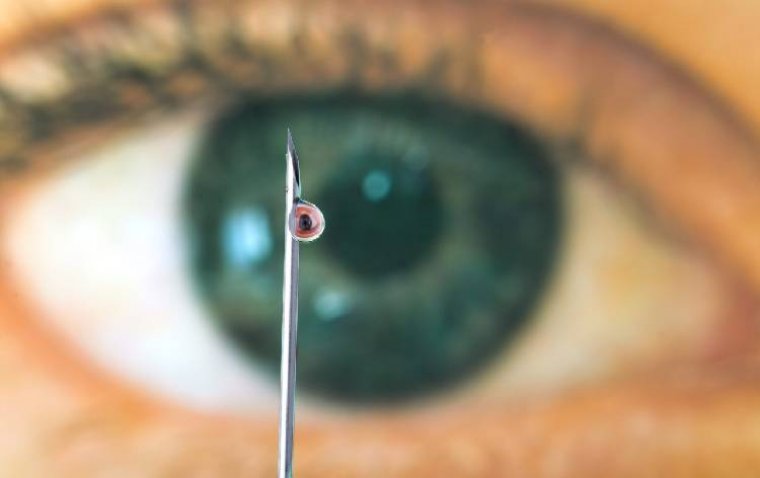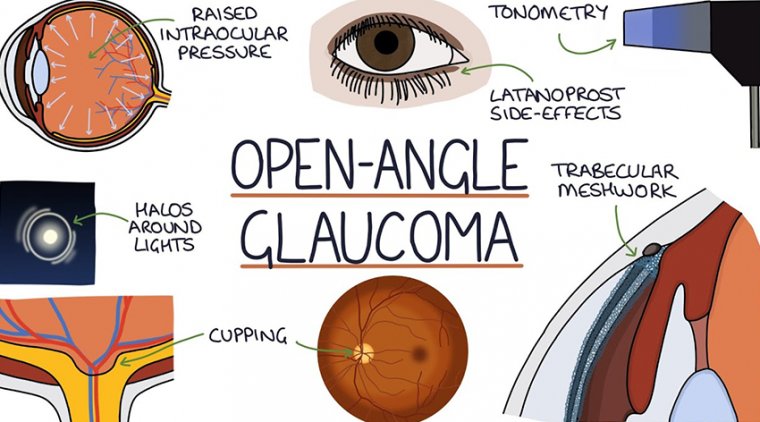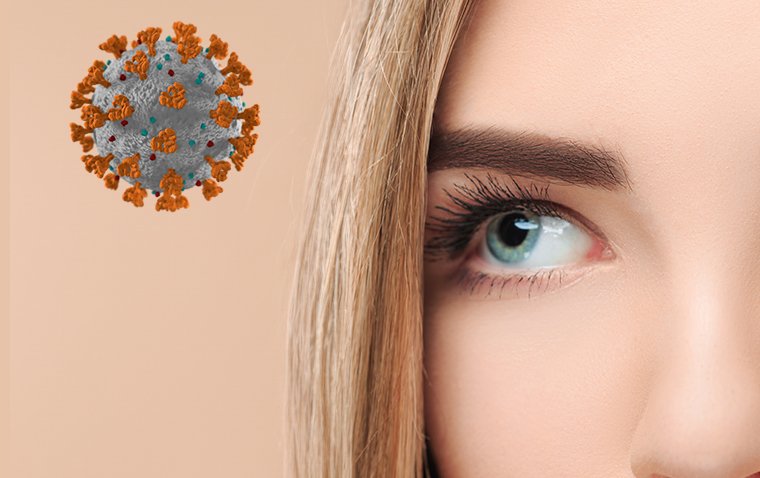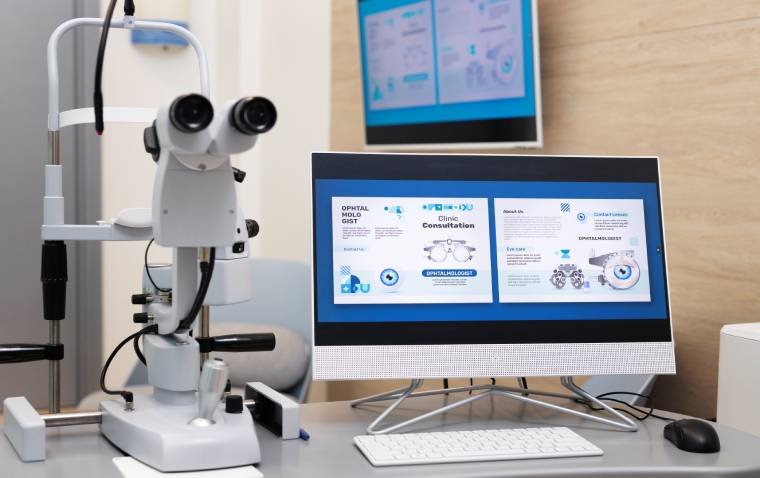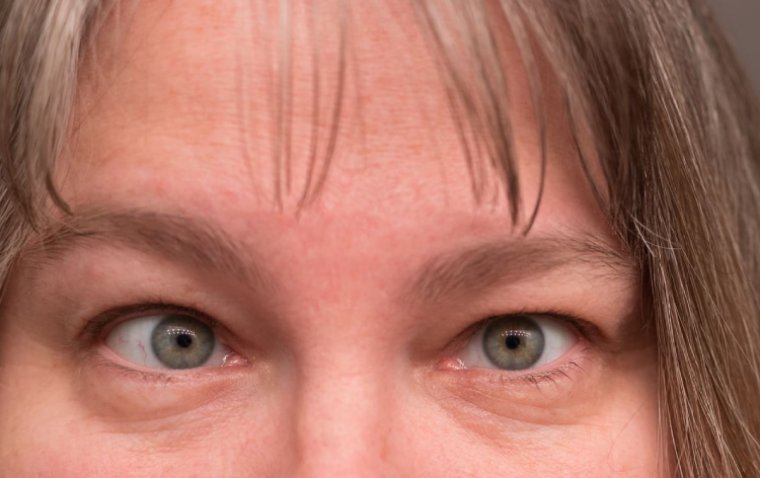
Brain Scan Study Explores the Biological Roots of Visual Snow Syndrome
Researchers at King's College London's Institute of Psychiatry, Psychology & Neuroscience (IoPPN) have employed an innovative method to demonstrate distinct activity patterns within two brain chemical systems—glutamate and serotonin—in individuals with visual snow syndrome when compared to those without the disorder.
Understanding Visual Snow Syndrome
Visual snow syndrome is defined by an ongoing visual disruption where individuals perceive constant static, flickering dots, and flashing lights. This phenomenon occurs regardless of whether their eyes are open or closed. With a prevalence of 2-3% globally, this condition can have a debilitating impact on various aspects of life, including vision, hearing, cognitive processes, sensory perception, and overall quality of life.
Study Design: Participants and Data Collection
Utilizing preexisting scanning data, the researchers analyzed information from 24 individuals diagnosed with visual snow syndrome (VSS), 25 patients with migraines, and 24 healthy individuals without any history of VSS or migraines. These brain scans were performed at the NIHR King's Clinical Research Facility.
Currently, no medication has demonstrated efficacy in aiding individuals with VSS, and the pursuit of effective treatments has been impeded by a dearth of understanding regarding the condition's biological underpinnings. Prior scanning investigations involving individuals with VSS have unveiled variations within distinct brain regions and their interplay; however, no research has delved into potential molecular modifications that might be at the root of the condition. Delving further into this realm of study has the potential to furnish valuable insights into prospective biological targets for therapeutic interventions.
"Previous research has given us some insight into the brain regions involved in visual snow syndrome but our study is the first to identify the brain chemistry that could underlie the condition and other sensory experiences such as migraine aura. Until now there have been no effective treatments for VSS and importantly our research has confirmed that VSS is a neurological disorder with a chemical basis that could be used as a target for development of treatments," said Dr. Francesca Puledda, first author on the study and Senior Clinical Research Fellow at King's IoPPN
Innovative Techniques Used in the Study
Using an innovative methodology developed by NIHR Maudsley BRC researchers, this study integrates data from positron emission tomography (PET) scans, which detail the distribution of distinct chemical receptors within the brain, alongside functional Magnetic Resonance Imaging (fMRI) analysis to investigate how various brain regions interact.
Employing the Receptor-Enriched Analysis of Functional Connectivity by Targets (REACT) approach, researchers can derive a comprehensive activity map of brain chemicals across diverse brain regions. The study scrutinized five brain chemicals – noradrenaline, dopamine, serotonin, glutamate, and GABA – utilizing this technique.
Key Findings: Differences in Glutamate and Serotonin Networks
The research team identified distinct dissimilarities in the functioning of glutamate and serotonin networks within specific brain regions among individuals with VSS. Notably, reduced synchronized activity, also known as functional connectivity, was observed within the glutamate networks of the anterior cingulate cortex (ACC) in VSS patients when compared to both healthy controls and those with migraines. The ACC, which plays a central role in cognitive processes and governing sensory inputs, exhibits an altered activity pattern that could signify a disruption in the filtration and amalgamation of visual information.
The analysis further indicated diminished functional connectivity within the serotonin networks of the visual cortex, insula, temporal pole, and orbitofrontal regions of the brains among VSS patients when contrasted with healthy controls. This reduced connectivity in serotonin networks also manifested in migraine patients with aura, hinting at a potential biological correlation between VSS and aura. The outcomes propose that serotonin activity within VSS patients might be playing a role in modulating the amalgamation of intricate sensory information.
The results did not find any differences for the other brain chemicals that were investigated in the study.
The research is published in the journal Annals of Neurology.
Reference
Francesca Puledda et al, Abnormal Glutamatergic and Serotonergic Connectivity in Visual Snow Syndrome and Migraine with Aura, Annals of Neurology (2023). DOI: 10.1002/ana.26745
(1).jpg)

